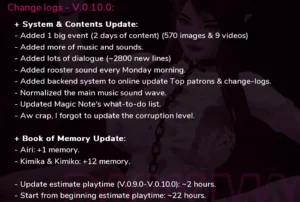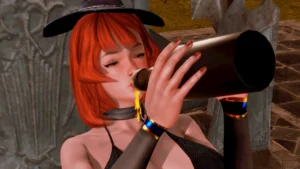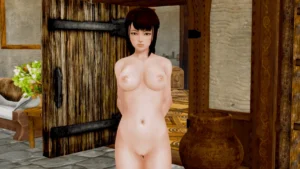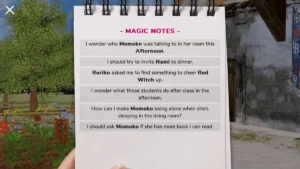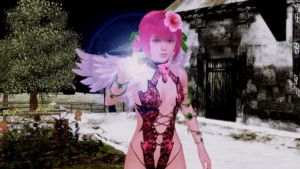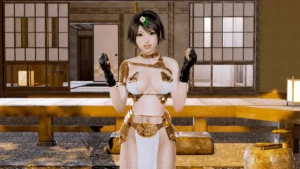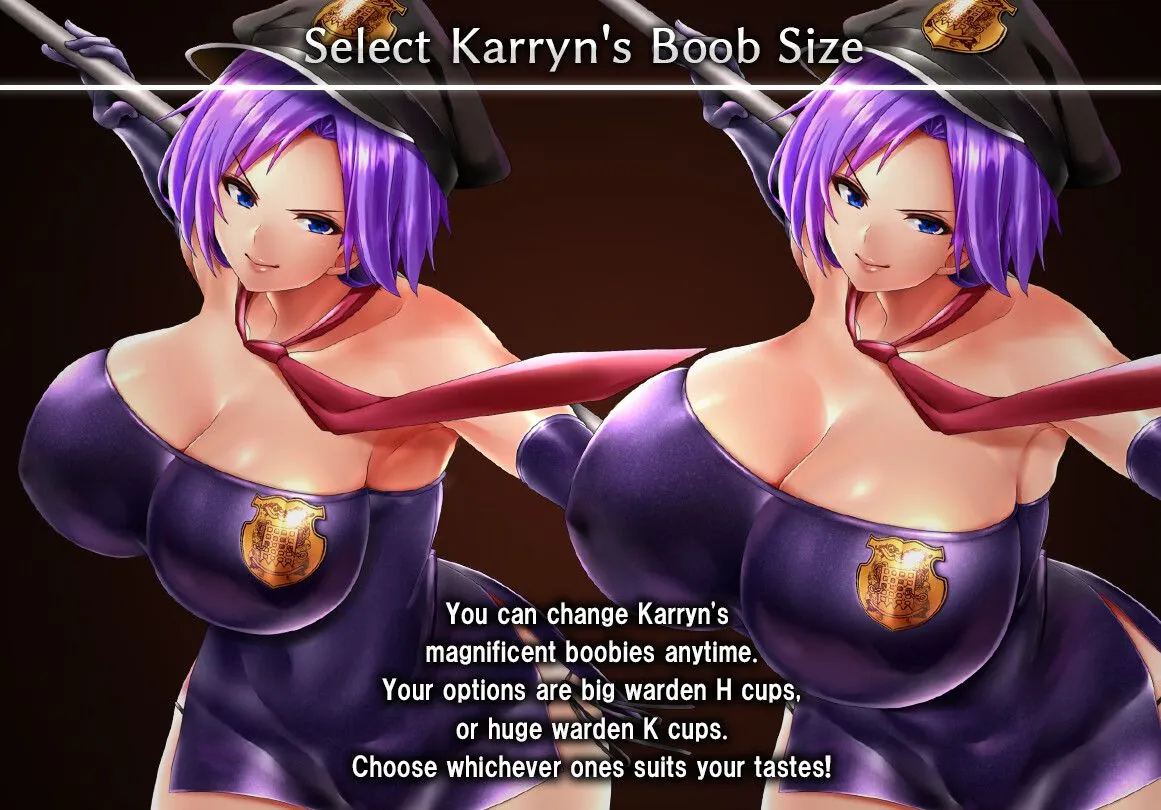
Dark Magic
Play Dark Magic
Dark Magic review
Dive into the mystical world of Dark Magic and discover what makes this game stand out
If you’re curious about the game Dark Magic, you’re not alone. This title has carved out a niche for itself with its immersive world, engaging mechanics, and a story that pulls you into a realm where mystical forces clash. Whether you’re a newcomer or a seasoned player, this article will guide you through everything you need to know—from the core gameplay loop to the unique elements that make Dark Magic memorable. Let’s uncover what makes this game a standout experience and why it continues to attract a dedicated fanbase.
What Is Dark Magic? Game Overview and Core Experience
So you’ve heard the whispers and seen the hauntingly beautiful screenshots, and now you’re wondering: what is the Dark Magic game all about? 🤔 Let me pull back the velvet curtain for you. This isn’t just another fantasy RPG; it’s a deep, atmospheric plunge into a realm where power has a price and every shadow hides a secret. I remember booting it up for the first time, the title screen’s melancholic score immediately pulling me in. I knew I was in for something special.
In this Dark Magic review, I’ll guide you through the core of the experience—the world, the way you interact with it, and how you shape your own destiny within it. By the end of this chapter, you’ll not only understand what makes this title tick, but you’ll also have a solid idea of how to play Dark Magic and make it your own. Let’s begin our journey. ✨
The World and Setting of Dark Magic
Step into the shoes of an outcast spell-weaver in the dying land of Umbra. The dark fantasy setting here is not just a backdrop; it’s a character in its own right. 🏰 We’re talking about gothic architecture clawing at a perpetually twilight sky, mist-shrouded forests where the trees seem to watch you, and crumbling cities built upon ancient, forgotten magic. The art style is a masterpiece of muted colors punctuated by the violent, vibrant glow of spells, creating a world that feels both beautiful and profoundly sad.
I’ll never forget the first time I wandered into the Sunken City of Veridia. The air was thick with spectral echoes of its former inhabitants, and the only light came from bioluminescent fungi and my own flickering flame spell. It was in that moment of quiet exploration, with the game’s incredible sound design amplifying every drip of water and distant groan, that I truly appreciated the atmosphere. This world doesn’t just want you to see its despair; it wants you to feel it in your bones. This commitment to a cohesive and oppressive mood is one of the most compelling unique game features.
The lore is delivered not through tedious exposition, but through environmental storytelling. You’ll piece together the history of a fallen empire by examining faded murals, deciphering cryptic journal entries, and listening to the fragmented memories of ghosts. It’s a world that rewards the curious, making every discovery feel personal and earned.
Gameplay Mechanics and Controls
At its heart, the Dark Magic game is an action RPG with a heavy emphasis on tactical, spell-based combat and intelligent exploration. The core gameplay mechanics are built on a simple but profound risk-reward system centered on your magical abilities. 🧙♂️
Your most powerful spells draw directly from your health pool, not a separate mana bar. This single design choice changes everything. Do you risk a sliver of your life to unleash a cataclysmic firestorm on that group of enemies, or do you play it safe with weaker, less costly incantations? I learned this lesson the hard way in an early boss fight. I was one hit from death and out of healing items, but so was the boss. I gambled, channeling a massive portion of my remaining health into a final, desperate spell. The screen exploded, the boss fell, and I was left with a sliver of HP, my heart pounding. It was one of the most thrilling moments I’ve had in a game.
The controls are tight and responsive. On a controller, face buttons handle your quick-use items and dodging, while the shoulder buttons and triggers are dedicated to spell casting and weapon attacks. The real genius is the radial menu for spell selection, which pauses the action, allowing you to strategically choose your next move without feeling rushed. This is a crucial part of learning how to play Dark Magic effectively.
To show you how these gameplay mechanics stack up, here’s a comparison with other titles in the genre:
| Feature | Dark Magic | Similar Game A | Similar Game B |
|---|---|---|---|
| Resource for Spells | Health Pool | Mana Bar | Cooldowns |
| Exploration Focus | Environmental Puzzles & Lore | Combat Arenas | Linear Pathways |
| Combat Pace | Methodical & Tactical | Fast-Paced Action | Turn-Based |
| Death Penalty | Dropped Resources | Experience Loss | Checkpoint Restart |
Beyond combat, exploration is key. You’ll use your growing arsenal of spells to solve environmental puzzles—using a force push to rearrange statues, or a frost spell to create a walkway across molten rock. The world is interconnected, and unlocking a new ability often opens up paths in areas you visited hours ago, giving a fantastic sense of progression and discovery.
Character Progression and Customization
If the world is the stage and the gameplay mechanics are the script, then character customization is where you become the lead actor. 🎭 The progression system in the Dark Magic game is incredibly flexible, allowing you to build a spell-caster that truly reflects your preferred playstyle.
You don’t choose a class at the start. Instead, you shape your character by investing in different schools of magic and associated talents. Found in the ruins of the world and earned by defeating powerful foes, these “Arcane Echoes” are the building blocks of your power. Do you invest in the Pyromancy tree to become a glass cannon, incinerating foes from a distance? Or perhaps you delve into Necromancy, summoning spectral allies to fight for you while you sap the life from your enemies?
I started my journey thinking I’d be a pure fire mage, but I stumbled upon a powerful blood magic echo that allowed me to leech health from my opponents. This discovery completely changed my approach. I began blending fire spells for area control with blood magic for sustainability, creating a hybrid build that was uniquely mine. This depth is the soul of character customization here.
Here’s a quick look at the primary magical disciplines you can mix and match:
- Pyromancy: High damage, area-of-effect spells. High risk, high reward. 🔥
- Necromancy: Focuses on summons, curses, and life drain. Perfect for tactical players.
- Geomancy: Earth and rock-based magic for defense and crowd control. 🪨
- Umbramancy: The art of shadow, offering stealth, deception, and single-target precision.
Your progression is also reflected in your gear, but with a twist. Instead of just swapping swords, you find catalysts that modify your spells—a corrupted heartwood staff might add a poison effect to all your projectiles, while a crystal forged in a dying star could increase spell power at the cost of higher health consumption. This system ensures that your character customization choices are constantly evolving and visually represented in your combat effects.
Pro Tip: Don’t be afraid to respec! Early on, you’ll find a rare item that lets you reallocate your Arcane Echoes. Use it to experiment. The fun of this Dark Magic game is in finding bizarre and overpowered spell combinations.
A Walkthrough of a Typical Session
To tie all these unique game features together, let me walk you through a typical hour in my playthrough. I load into the game at my sanctuary, a small, customizable pocket dimension. I review my currently equipped echoes, deciding to swap out a defensive earth spell for a more aggressive lightning attack for the area I’m heading into—a blighted swamp. 🐊
I step through a portal and into the murky wetlands. Immediately, I’m ambushed by corrupted bog-creatures. I use my basic lightning arc to stun the first one, then quickly open the radial menu. I select my powerful, health-draining blood spear and take a calculated risk, sacrificing 15% of my HP to impale the largest enemy, killing it instantly and healing me for a portion of the damage dealt. The remaining foes are dispatched with careful, low-cost spells.
Exploring deeper, I find a cave blocked by overgrown thorns. I remember I recently found a Pyromancy echo for a controlled flame jet. I equip it and use it to burn the vines away, revealing a hidden chamber. Inside, I find a journal fragment that adds to a side-quest I’m on and a new catalyst—a wand that causes my spells to briefly slow enemies. This single discovery makes me rethink my entire build, pondering the synergies with my other abilities.
This seamless loop of combat, exploration, discovery, and character evolution is the magic of the Dark Magic game. It’s a world that challenges you, respects your intelligence, and gives you the tools to write your own legendary story within its hauntingly beautiful and grim confines. This Dark Magic review of its core systems only scratches the surface, but I hope it shows you why this journey is worth taking.
Dark Magic offers a rich, immersive experience that blends compelling storytelling, deep character customization, and innovative gameplay features. Whether you’re drawn to its dark fantasy world, the weight of your choices, or the thrill of mastering its systems, there’s something here for every type of player. The game’s replay value and active community ensure that your journey doesn’t end with the credits. Ready to step into the shadows? Dive into Dark Magic and see what adventures await you.

